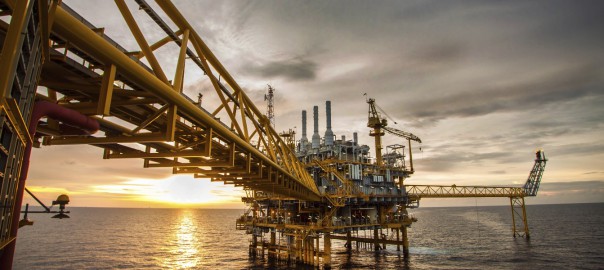Oil is an inherently cyclical business. The point is remarkably simple but it is amazing how often it gets forgotten by forecasters and investors.
In the century and a half since the modern oil industry was founded with the drilling of Edwin Drake’s well in 1859, real prices have doubled in the space of three years on no fewer than six separate occasions, and halved on four.
If prices remain around $50 for the rest of the year, 2015 will be the fifth time real prices have fallen more than 50 percent in the space of less than three years.
Sharp price changes over short periods have therefore been the norm and the long period of relative stability between 1931 and 1969 was the exception.
It follows that any attempt to predict where prices will go in the medium term (two to five years) or long term (beyond five years) based on current prices or recent changes is bound to fail.
The cyclical, unpredictable nature of prices has not stopped an army of prognosticators from trying to guess where they will go, but most forecasts have an endearing backward-looking quality.
When prices are high and have been rising, most forecasts predict they will rise even further on increasing scarcity. When they are low and have been falling, most forecasts predict a further slide on continued oversupply.
In 2008, and again in 2011/12, as prices were peaking at more than $140 and $120 per barrel respectively, most forecasters were predicting prices would remain high more or less forever.
Not one major forecaster saw prices sinking back to less than $60 per barrel but on both occasions it happened in less than three years.
Now prices have fallen, it seems no major forecaster is predicting they will rise sharply again within the foreseeable future.
But the current bearishness about the medium-term outlook is no more likely to be accurate than the former bullishness was between 2008 and 2011.
Read more: Maritime Global News

